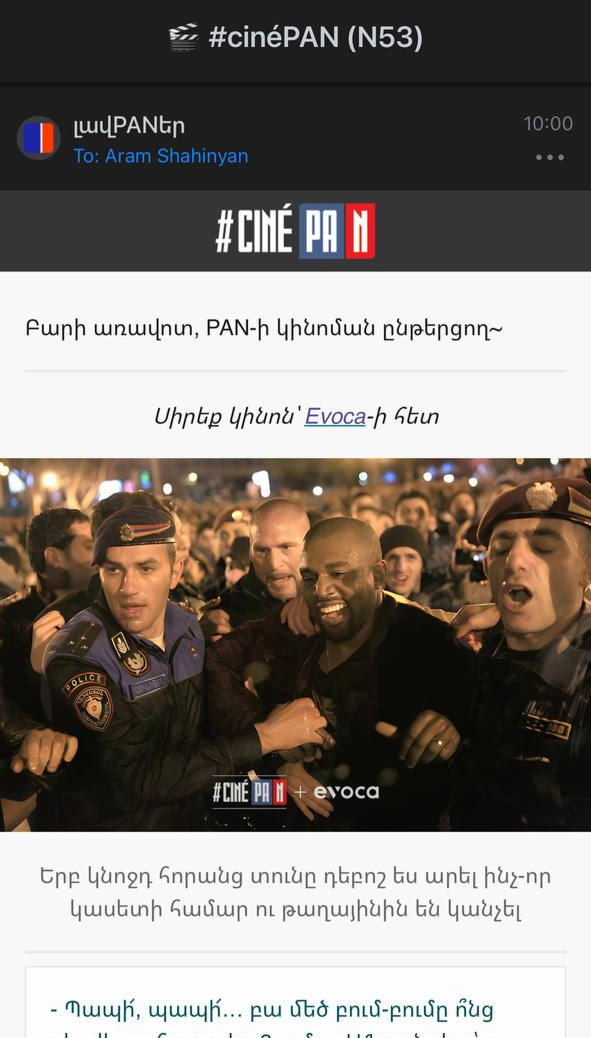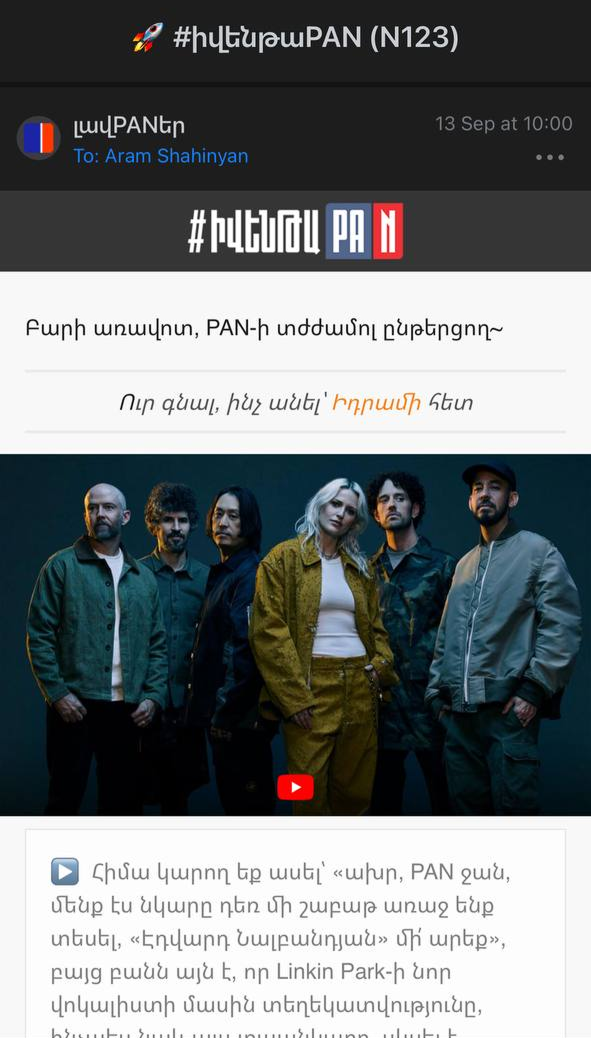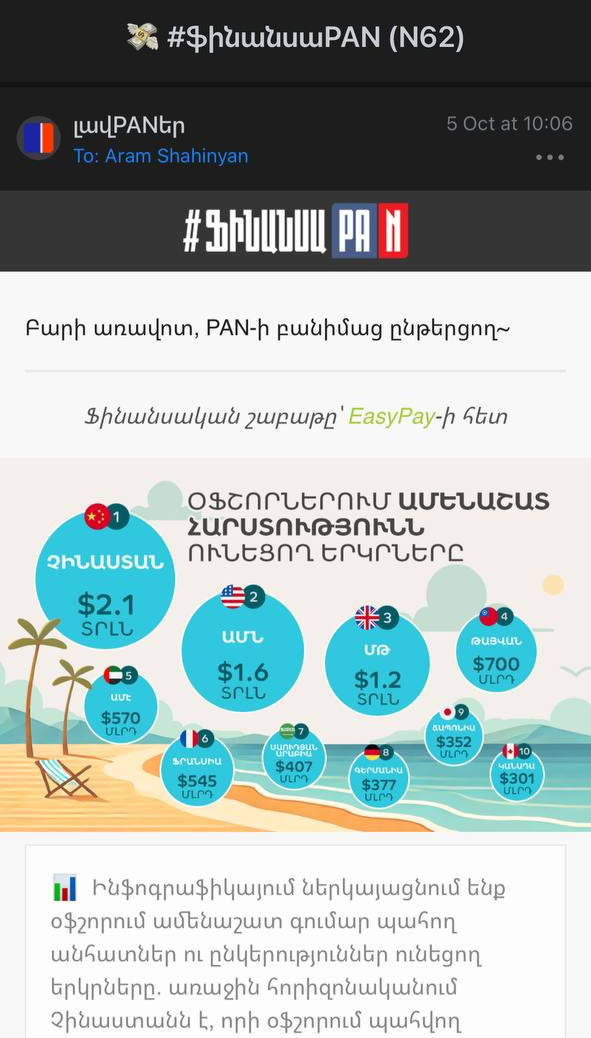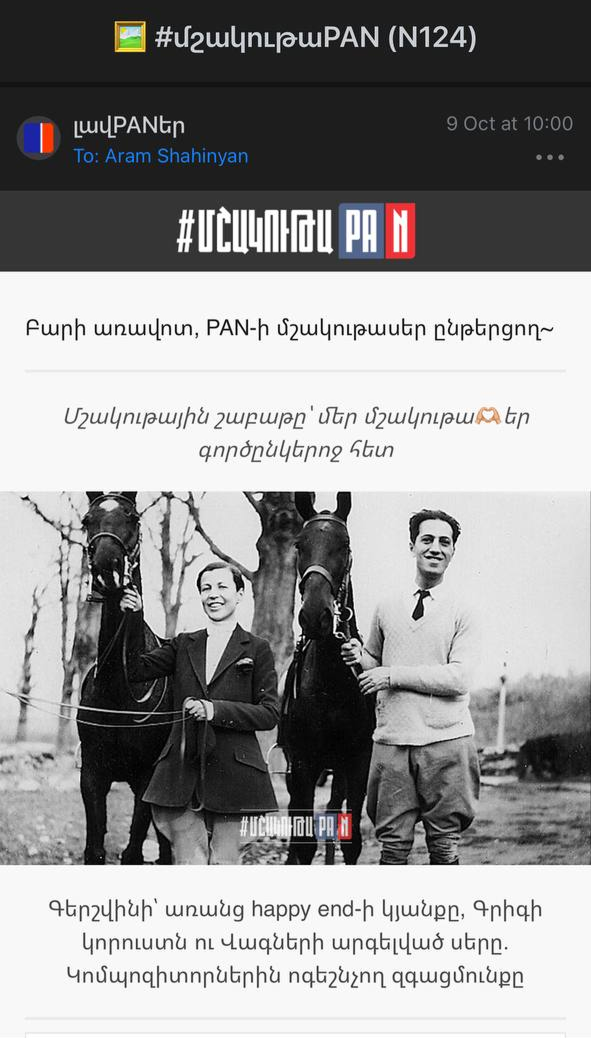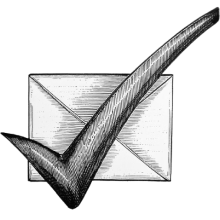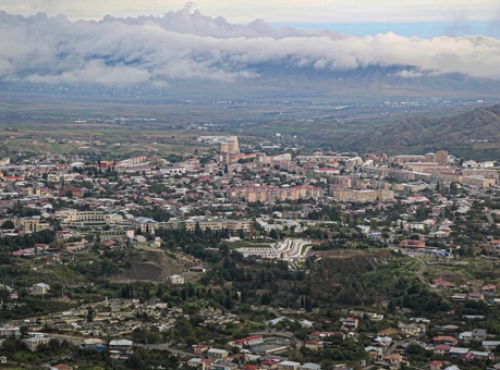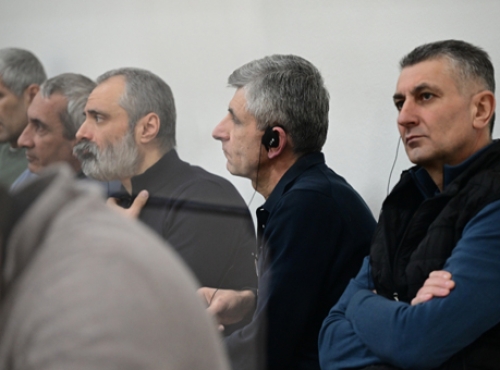The municipality in the eastern Turkish province of Malatya has agreed to rebuild a complex involving a chapel, a guard house and an annex for washing the dead inside a historical Armenian cemetery after municipal workers demolished it on Feb 3, Hurriyet Daily News reported.
“The folk in the street cried when they saw that our ‘Last Prayer’ [complex] was demolished. I don’t think it to be ‘neighborhood pressure.’ There is some pressure, but it emanates from sources unknown to us,” Hosrof Köletavitoğlu, the head of the Malatya Philanthropists’ Association (HAYDER), said.
Malatya Municipality said that the guard house had been brought down due to complaints issued by the local populace and that the chapel had been mistakenly demolished.
“They had said the guard box wasn’t suitable here and decided to demolish [it.] Now they are taking over the construction of the entire complex by themselves,” Köletavitoğlu said on behalf of a group of Malatya Armenians residing in Istanbul who met with officials regarding the matter on Feb 6 morning.
The municipality promised to push forward with the project without making any additional changes, Köletavitoğlu said, adding they were also going to certify that promise in the governor’s office through a notary.
“We are going to purse this to the end,” he said. “We had just built the complex with money we collected from Armenians of Malatya [residing] in Istanbul and the diaspora. The demolition came about just as we were finishing it.”
The project had originally been drawn up by the Patriarchate of Turkish-Armenians.
The cemetery which measures thousands of acres in size also contains the burial grounds of the family members of Hrant Dink, the chief editor of the weekly Agos, who was gunned down in front of his office in Istanbul on Jan 19, 2007.
“We were going to hold a mass by organizing a tour on June 30 to bring Armenians originating from Malatya here. It will be a little difficult to hold the mass under these circumstances,” he said.
The Turkish authorities nationalized the cemetery in the late 1940s, while only some two acres are still owned by the Armenian community.









